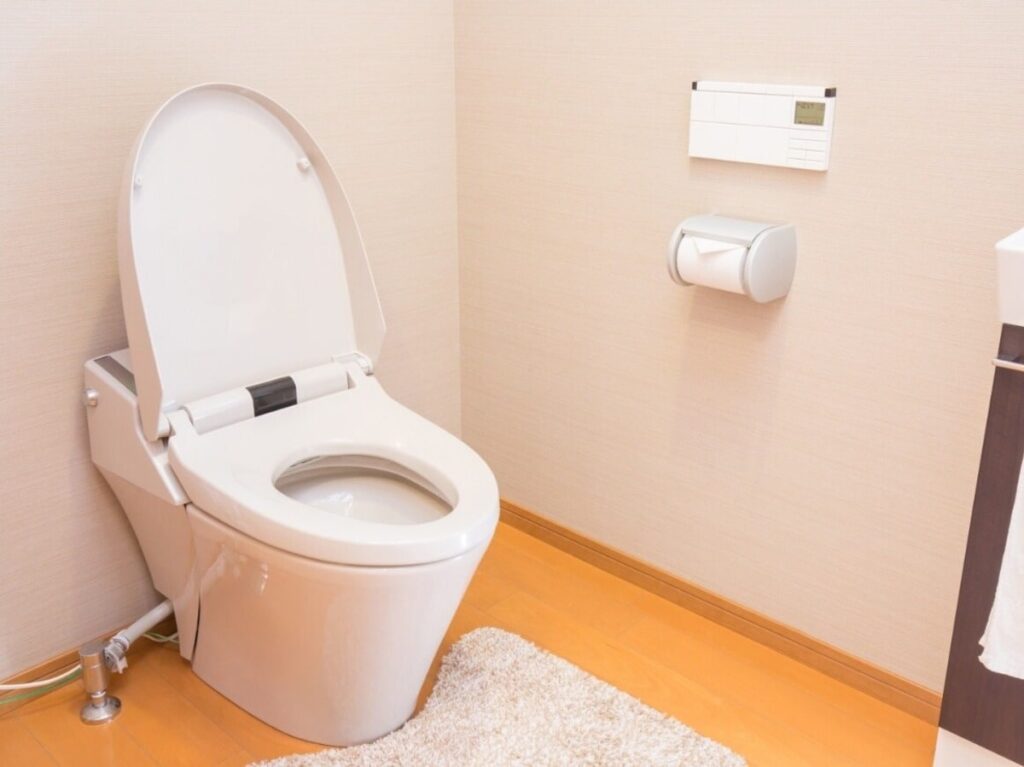Western toilets have become a staple in modern bathrooms worldwide, offering comfort and convenience compared to traditional squat toilets. However, while they enhance user experience, prolonged use may lead to certain health issues. In this article, we explore the side effects associated with long-term usage of Western toilets.
Understanding the Anatomy
Before diving into the side effects, it’s important to understand how Western toilets function in relation to our body’s anatomy. The design of Western toilets encourages a sitting position, deviating from the natural squatting posture that the human body traditionally uses for bowel movements.
The Impact on Digestive Health
One of the primary concerns with Western toilet usage is its effect on digestive health. When seated, the angle of the rectum and anus alters, which may lead to issues such as:
- Constipation: The seated position can cause straining and hinder the natural urge to evacuate.
- Hemorrhoids: Continuous pressure from straining can lead to the development of hemorrhoids.
- Anal Fissures: Straining may cause small tears in the anal tissue, leading to pain and bleeding.
Posture and Musculoskeletal Problems
Sitting for extended periods on a Western toilet can also affect our posture and lead to musculoskeletal problems. Some of these include:
- Back Pain: Prolonged sitting may lead to tension in the lower back.
- Knee and Hip Discomfort: The seated position may cause discomfort in the knees and hips for some individuals.
Psychological Effects
Surprisingly, the use of Western toilets can also have psychological implications. Many individuals may experience:
- Bathroom Anxiety: A relaxed position may lead to longer bathroom visits, which can cause anxiety in public settings.
- Fear of Germs: Many users feel uncomfortable due to perceived hygiene issues, particularly in public restrooms.
Comparative Analysis: Western Toilet vs. Squat Toilet
| Feature | Western Toilet | Squat Toilet |
|---|---|---|
| Posture | Seated | Squatting |
| Straining | Higher tendency | Lower tendency |
| Ease of Use | More comfortable | May require practice |
| Health Risks | Potential for constipation and hemorrhoids | Lower risk of digestive issues |
Tips to Mitigate Side Effects
To alleviate potential side effects from the use of Western toilets, consider these practical tips:
- Maintain Fiber Intake: Incorporate fiber-rich foods to promote healthy bowel movements.
- Stay Hydrated: Drinking sufficient water supports digestion and bowel health.
- Use a Stool: Elevating the feet while sitting can mimic the squatting position and ease bowel movements.
Conclusion
While Western toilets offer a modern solution to hygiene, it is essential to be aware of their potential side effects when used over an extended period. Understanding these impacts can help users adopt healthier habits and mitigate risks. Ensuring proper bowel health through diet, posture adjustments, and general awareness can lead to a better bathroom experience while enjoying the convenience of Western toilets.
